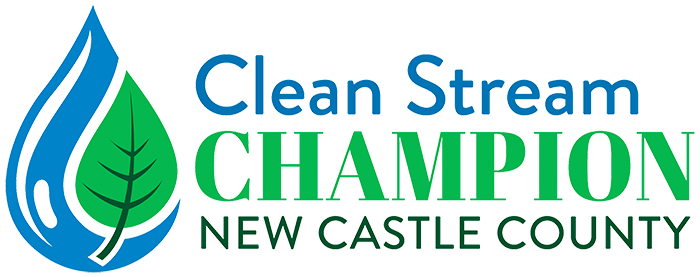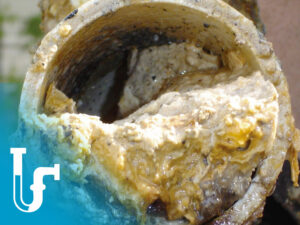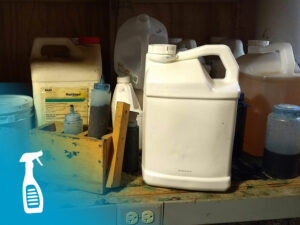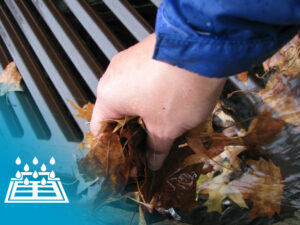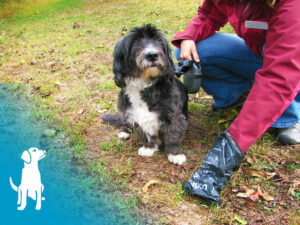

The Proper Use of Road Salt
During the winter months, rock salt – also known as road salt – is widely used to keep driveways, sidewalks, and roads safe by preventing the buildup of snow and ice. This type of salt is the same as table salt, albeit in a larger form. Improper or excessive use of road salt can lead to significant environmental and structural issues, so understanding how to use road salt responsibly is essential to protecting the environment while maintaining safety.
The Environmental Implications of Overusing Road Salt
While salt is effective for melting ice, overuse can cause lasting harm to the environment. Excess road salt washes into nearby soils, storm drains, and waterways, increasing salinity levels. For Delaware, this is particularly concerning for freshwater wetlands, which naturally filter environmental pollutants. Research conducted by the University of Delaware and funded by the Environmental Protection Agency highlights how excess salinity disrupts these vital ecosystems, reducing their ability to cleanse water effectively. Elevated salt levels can also harm aquatic life and damage vegetation near roadways and homes.
Salt overuse also impacts drinking water. As runoff carries salt into local reservoirs and groundwater, it increases the risk of contamination. High chloride levels in water can damage infrastructure, such as pipes and water treatment systems, creating additional long-term costs for communities. As the salt is comprised of NaCl, or sodium chloride, there is a direct link between increased chloride levels and overuse of road salt.
Best Practices for Residential Salt Application
Delaware residents can contribute to reducing these impacts by applying salt responsibly around their homes. Here are some key recommendations:
- Shovel First, Salt Sparingly: Clear as much snow and ice as possible with a shovel or snow blower before applying salt. This minimizes the amount of salt needed and ensures it only targets ice that cannot be removed manually.
- Use the Right Amount: Avoid over-application. A 12-ounce coffee cup of salt is sufficient to cover about 10 sidewalk squares or a standard-sized driveway. Adding more salt will not improve effectiveness but will increase runoff into nearby soils and waterways.
- Choose Safer Alternatives: For areas close to vegetation, pets, or water sources, consider alternative de-icing materials like sand, magnesium chloride, or calcium chloride. These are often less harmful to the environment when used in moderation.
- Time It Right: Apply salt before snow starts falling or immediately after clearing snow, as it works best on thin layers of ice. Avoid salting when temperatures drop below 15°F, as salt is less effective in extremely cold conditions.
Structural and Financial Consequences of Overuse
Excessive road salt doesn’t just harm the environment; it can also have costly impacts on your property and infrastructure:
- Damage to Concrete and Asphalt: Overuse of salt can lead to the deterioration of concrete surfaces and cracks in asphalt, requiring expensive repairs to driveways and walkways.
- Corrosion of Vehicles: Salt is highly corrosive and can damage the undercarriage and brake systems of cars parked or driven over salted areas.
- Harm to Landscaping: Any plants near salted areas are at risk of “salt burn,” which damages roots and can prevent growth in the spring – or even kill plants outright.
Working Together for a Safer Winter
By adopting responsible salt practices, we can help each other stay safe during winter while reducing harm to the environment and protecting their homes. Moderation is key—use only what’s needed, choose eco-friendly options when possible, and always prioritize shoveling before salting. Together, these steps ensure that safety doesn’t come at the expense of Delaware’s natural resources or infrastructure.
Ready to do more? Share this post with a friend, check out more ways to be a year round
Clean Stream Champion, and take the pledge today.
Delaware Currents. “EPA Funds UD Research into How Road Salt and Climate Extremes Are Changing Wetlands.” Delaware Currents, 21 Aug. 2024, https://delawarecurrents.org/2024/08/21/road-salt-wetlands/.
Delaware Department of Transportation. “Snow and Ice FAQs.” DelDOT, https://deldot.gov/About/faqs/index.shtml?dc=snowFAQ.
United States Environmental Protection Agency. “Winter is Coming! And with it, tons of salt on our roads.” EPA, 2024, https://www.epa.gov/snep/winter-coming-and-it-tons-salt-our-roads.
